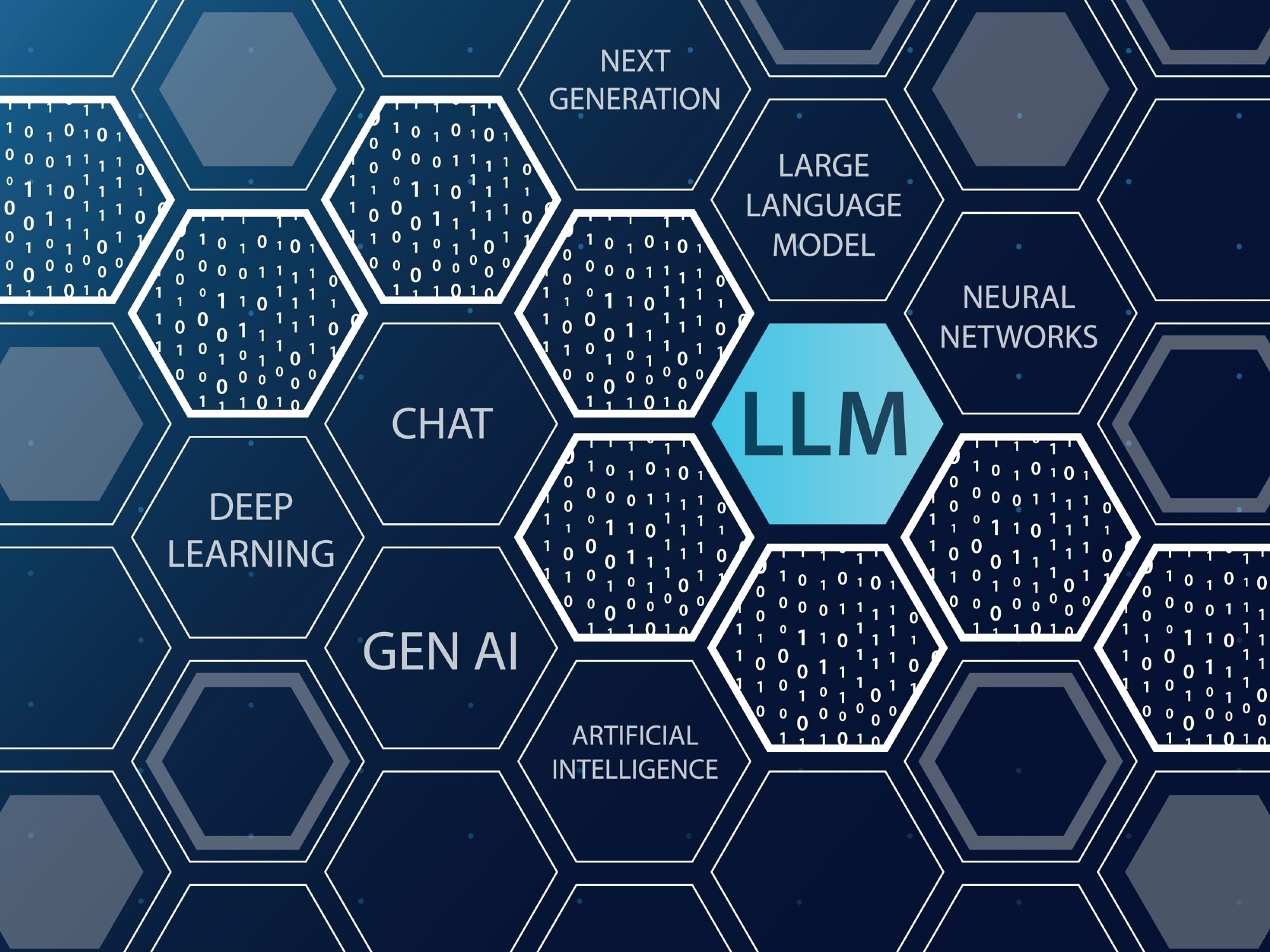In a recent study published in Communications Medicine, researchers provided a comprehensive overview of the potential and limitations of artificial intelligence (AI)-based large language models (LLMs) in medical research, education, and clinical practice.
 Study: The future landscape of large language models in medicine. Image Credit: a-image/Shutterstock.com
Study: The future landscape of large language models in medicine. Image Credit: a-image/Shutterstock.com
Background
These tools generate text (language) on a topic, akin to human responses, based on a prompt, such as a set of keywords or user queries. LLM tools can even generate text in specific styles, like poetry.
They exhibit an exceptional ability to respond to diverse questions and handle complex concepts. Until recently, commercial companies like OpenAI/Microsoft, Meta, and Google led the development of LLMs.
OpenAI's release of ChatGPT in November 2022 marked a significant advancement in terms of credibility, accessibility, and human-like output based on reinforcement learning from human feedback (RLHF).
Subsequently, Google and Meta introduced their own LLMs, expanding the possibilities with features like visual input and plugins.
In this context, GPT-4, developed with further RLHF from ChatGPT, successfully surpassed the medical licensing exam (USMLE) requirements, indicating its potential in the medical field.
However, the rapid increase in LLM applications has raised concerns about their potential misuse, particularly in the medical domain.
LLMs in medicine
The study explored three key areas where LLMs could find applications in medicine: patient care, medical research, and medical education. Effective communication in patient care is crucial, with healthcare professionals often using written text to interact with patients, including medical records and diagnostic results.
LLMs have the potential to improve communication by simplifying medical language and can be particularly useful in addressing conditions with social stigmas, such as sexually transmitted diseases.
Chatbots like First Derm and Pahola already assist doctors in assessing and guiding patients with skin conditions and alcohol abuse, though they may require further improvements in functionality and acceptance by medical professionals.
On the other hand, LLMs excel at translating medical terminology into different languages, aiding clinical decision-making, therapy adherence, and clinical documentation. They can provide structured formats for unstructured notes, potentially reducing the workload for clinicians.
In medical research, LLMs can help with scientific content production, summarizing scientific concepts, and aiding scientists and clinicians with limited technical skills in testing hypotheses and visualizing large datasets. The dynamic updating of scientific models can improve research performance.
In medical education, where the focus is on critical thinking and problem-solving, LLMs can act as personalized teaching assistants, offering interactive learning simulations, breaking down complex concepts, and helping students practice making diagnoses and treatment strategies.
However, their use in education requires careful management to prevent hindrance to critical thinking and creativity.
LLMs in educational settings should be regulated transparently to avoid misinformation and externalization of medical reasoning, especially in medical education, where it could lead to potentially harmful clinical decisions.
Addressing the issue
Despite advancements, the issue of LLMs spreading misinformation remains a concern, particularly in clinical settings. Establishing a legal framework for the use of LLMs in clinical practice is essential.
Non-commercial open-source LLM projects could also be a valuable contribution to this effort. Additionally, LLM application programming interfaces (APIs) should be secured to protect sensitive data, and researchers should focus on the quality of input data to improve LLM output.
Conclusions
LLMs hold promise in the medical domain, but they come with challenges that must be addressed.
Concerns about misinformation, bias, validity, safety, and ethics need to be carefully considered before widespread adoption in clinical practice.
Journal reference:
-
Clusmann, J., Kolbinger, F. R., Muti, H. S., Carrero, Z. I., Eckardt, J., Laleh, N. G., Löffler, C. M., Schwarzkopf, S., Unger, M., Veldhuizen, G. P., Wagner, S. J., & Kather, J. N. (2023). The future landscape of large language models in medicine. Communications Medicine, 3(1), 1-8. doi: https://doi.org/10.1038/s43856-023-00370-1. https://www.nature.com/articles/s43856-023-00370-1